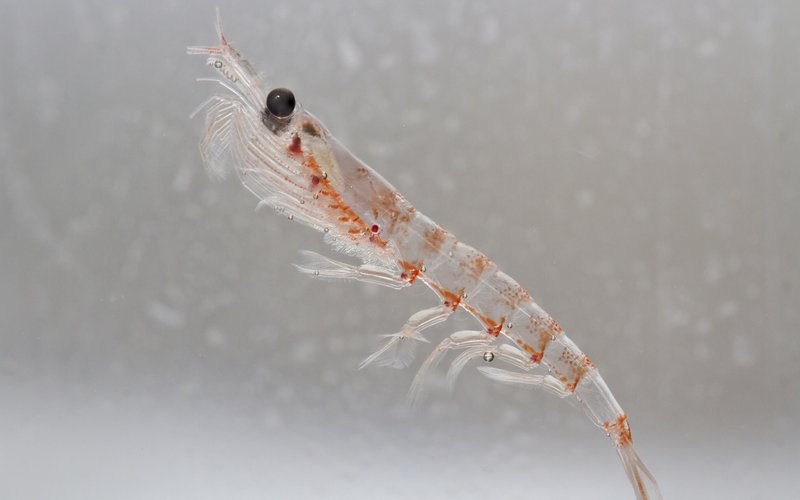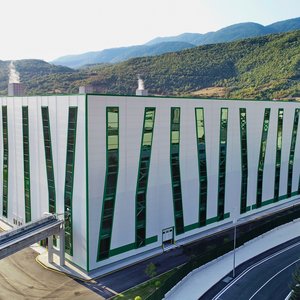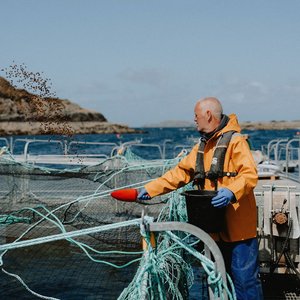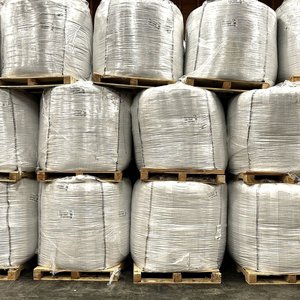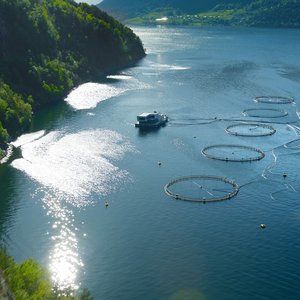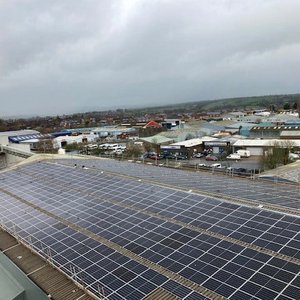F3 – Future of Fish Feed has been organizing a series of challenges to replace ingredients in aquafeeds and the latest one is based on finding replacements for the use of krill in aquafeeds. Aquafeed.com talked with a couple of krill ingredient suppliers to get their insight into the concerns about krill-based ingredients.
The sustainability of krill fisheries
One of the arguments the organization mentions is the sustainability of a growing krill fishery industry and a decline in krill abundance. “It is correct that experts (Atkinson et al., 2004) analyzed old trawl data 20 years ago and suggested that the krill population crashed in the 1980s, but scientists have since had difficulty finding supporting evidence for this theory, acknowledging that ‘active acoustic techniques currently remain the only practical krill surveying option’”, said Pål Skogrand, VP Policy and Impact at Aker BioMarine.
“Antarctic krill continues to be one of the world’s biggest and most underutilized marine resource. In this scientific publication from September 2021, several Antarctic research institutions around the globe confirm the standing krill biomass of 63 million metric tonnes in area 48. This is more than was identified in the year 2000 survey, showing that the biomass is stable in density and distribution: ‘krill densities […], compared to those found during the previous survey, indicate some regional differences in distribution and biomass. It is currently not possible to assign any such differences or lack of differences between the two survey datasets to longer-term trends in the environment, krill stocks or fishing pressure’”, Skogrand stated.
Skogrand also pointed out the scientific krill study that came out in May 2023 presenting a ten-year time series on smaller scales (South Orkney). “The study also confirms the healthy and stable biomass of krill based on ten-year time series on smaller scales (South Orkney) that confirms that the annual krill catches are kept well below the upper precautionary level for the area.”
The Commission for the Conservation of Antarctic Marine Living Resource (CCAMLR) is the authoritative body on krill science and decides the catch limits. The total allowable catch for the southwest Atlantic is currently about 5.6 million tonnes annually. However, CCAMLR has decided that the catch will be regulated within a 620,000-tonne “trigger” level which is distributed across four regions in the southwest Atlantic. This “trigger” level represents approximately 1% of the estimated 60 million tonnes of the unexploited biomass of the krill population in this region. The actual annual catch is around 0.3% of the unexploited biomass of krill. CCAMLR has agreed that any expansion in the krill fishery should not happen unless the scientific data indicate that it will continue to be sustainable.
“The CCAMLR Scientific Committee does what a science body should do: it compiles science from a wide magnitude of different sources and based on that, affirms current status and makes recommendations. Any new and relevant science on krill and the ecosystem will be brought into consideration – as should be – and today, CCAMLR science advice, also taking account voices that are critical to the fishery, does not indicate any impact of the fishery on the krill biomass or the ecosystem functioning,” said Skogrand. “There is always room for improvement and with today’s available tools and monitoring technology, we can achieve an even better krill management system.”
In terms of the concerns about an increase in krill catch quotas, Skogrand said that the CCAMLR Scientific Committee (2022-report 3.46) has noted that “a total catch limit for Antarctic krill in Subarea 48.1 set at 668,101 tonnes for 2022/23 would be consistent with the precautionary yield estimated using the CCAMLR decision rules for krill”.
“48.1 is a subarea where the catch level today is 155,000 tonnes. The scientific committee has agreed that an increase in catch levels by a factor of 3.3 is precautionary based on the best available science. Therefore, it is not the industry ‘asking for increased levels’ but we are referring to the science saying that this is scientifically sound. Moreover, there should also be closed areas, but this is politically driven more than anything else,” Skogrand said.
“I think that the sooner everyone can get their head around that any future change to the krill management and conservation system in CCAMLR will hold both increased catch levels and no-take zones, the quicker there will be results in CCAMLR. In the end, everyone will win a little and give a little. If nothing happens then CCAMLR will continue as-is, affirming that the management is precautionary, but many, including the industry, will become impatient,” Skogrand said.
Krill, still a key ingredient
Krill is well-known for its nutritional benefits and use as an attractant that enhances palatability and fish growth. “There is absolutely room for both krill and other alternative ingredients in a growing aquaculture industry. As the industry expects there will be a shortage of proteins, lipids and other nutrients as feed ingredients in the future, we will need to utilize all sources of nutrients to meet the needs of the feed industry,” said Skogrand.
“We should try to provide the fish nutritionist and formulator with as many tools and ingredients as possible, to give them flexibility in a very dynamic and changing environment. Therefore, we see the need for both krill and any other alternative solutions as a way to support the sustainable growth of aquaculture and aquafeeds,” said Julio Lopez Alvarado, vice president Sales – Aquaculture, Rimfrost.
In the context of novel ingredients, krill becomes a complementary ingredient to many of the novel ingredients. “With the increasing use of novel ingredients, challenges like palatability, digestibility, nutrient availability, and combination effects when mixing many new ingredients can be seen. These can affect fish health and welfare. Krill has been shown to alleviate these challenges and can therefore be a solution to enable a more intensive use of new ingredients. There is a long list of potential ingredients that are being developed, and it is important to combine the new ingredients in the right way to maximize utilization while securing the health and welfare of the fish. There will not be one single ingredient that can cover the growing needs in aquaculture, thus all novel ingredients will be important, and the right combination of these will be essential,” Skogrand stated.
In recent years, fishmeal and fish oil utilization in salmon feeds has been reduced to a minimum, however, manufacturers have seen that there is a threshold minimum inclusion of marine ingredients for the salmon to thrive. “There might be alternatives in the future, but as of today, alternatives are not available. The marine ingredients do not necessarily have to be wild-caught, but replicating the combination of nutrients that exist in the wild-caught biomass in farmed or fermented alternatives has so far been difficult to achieve and very difficult to scale,” Skogrand concluded.


